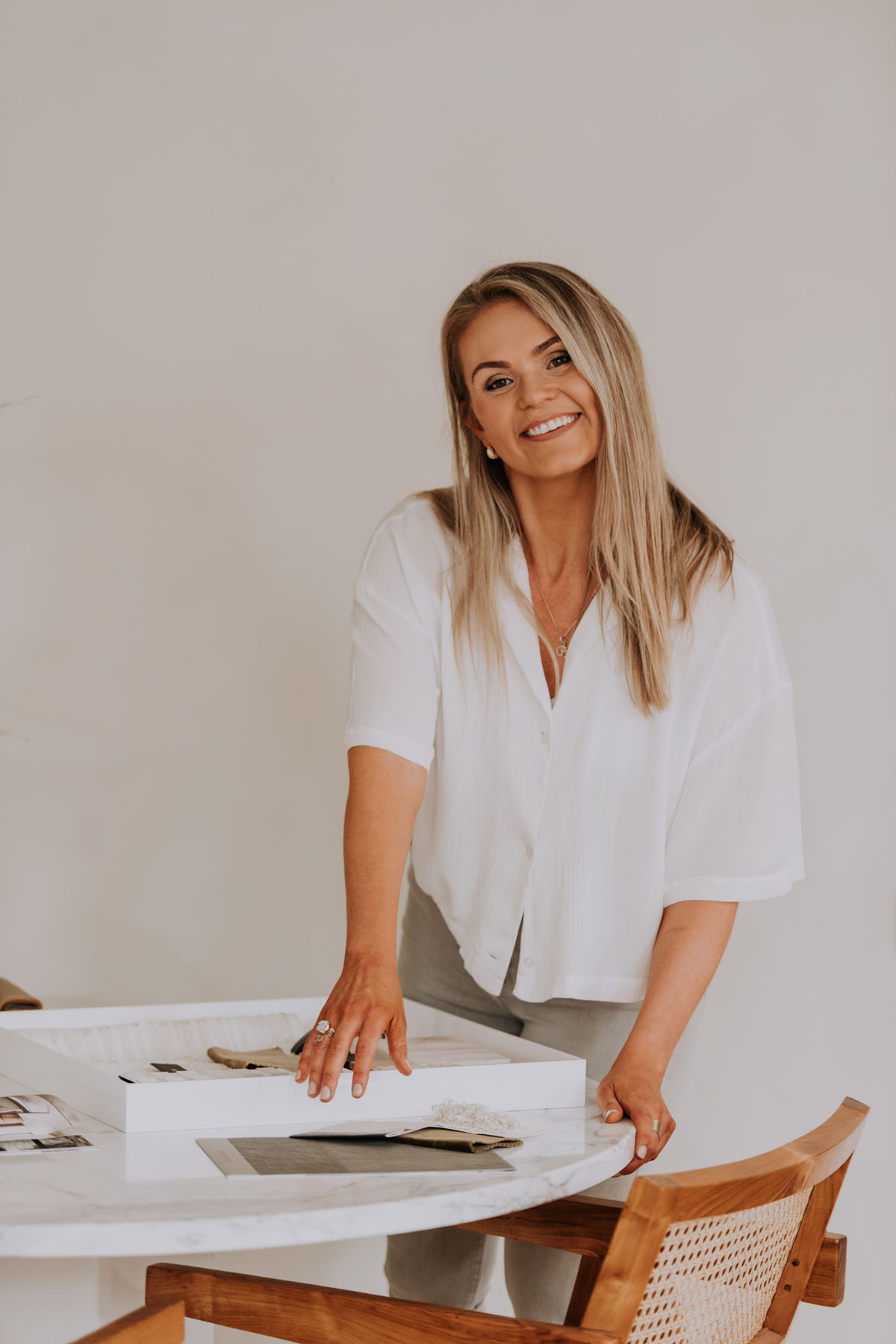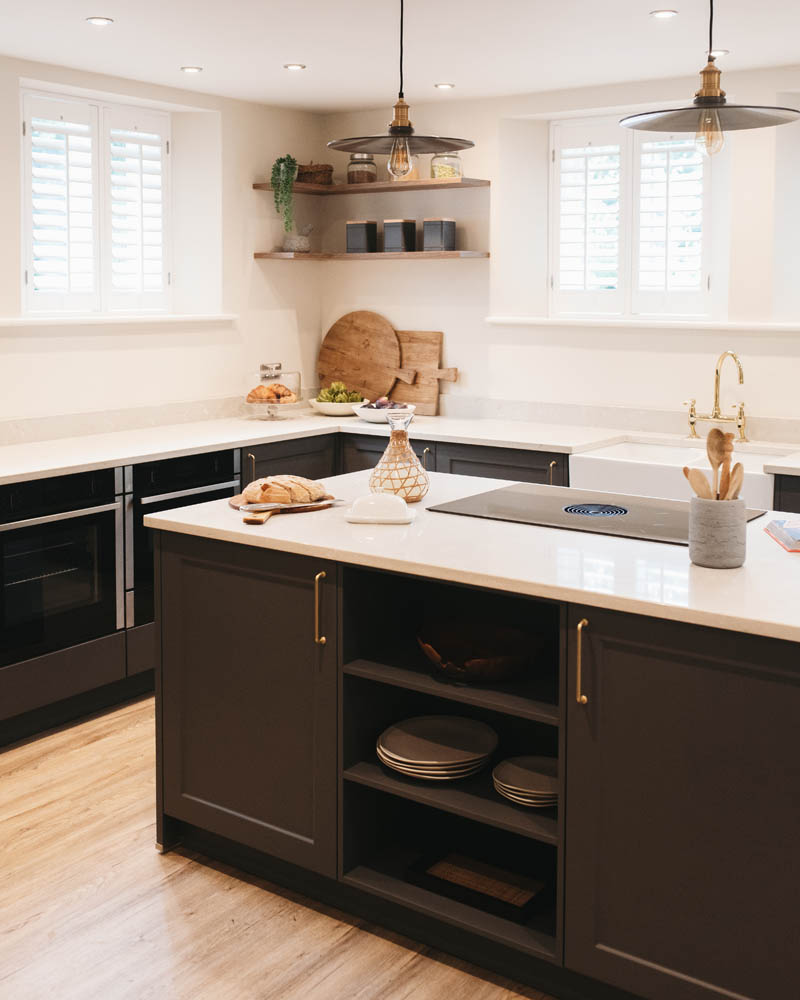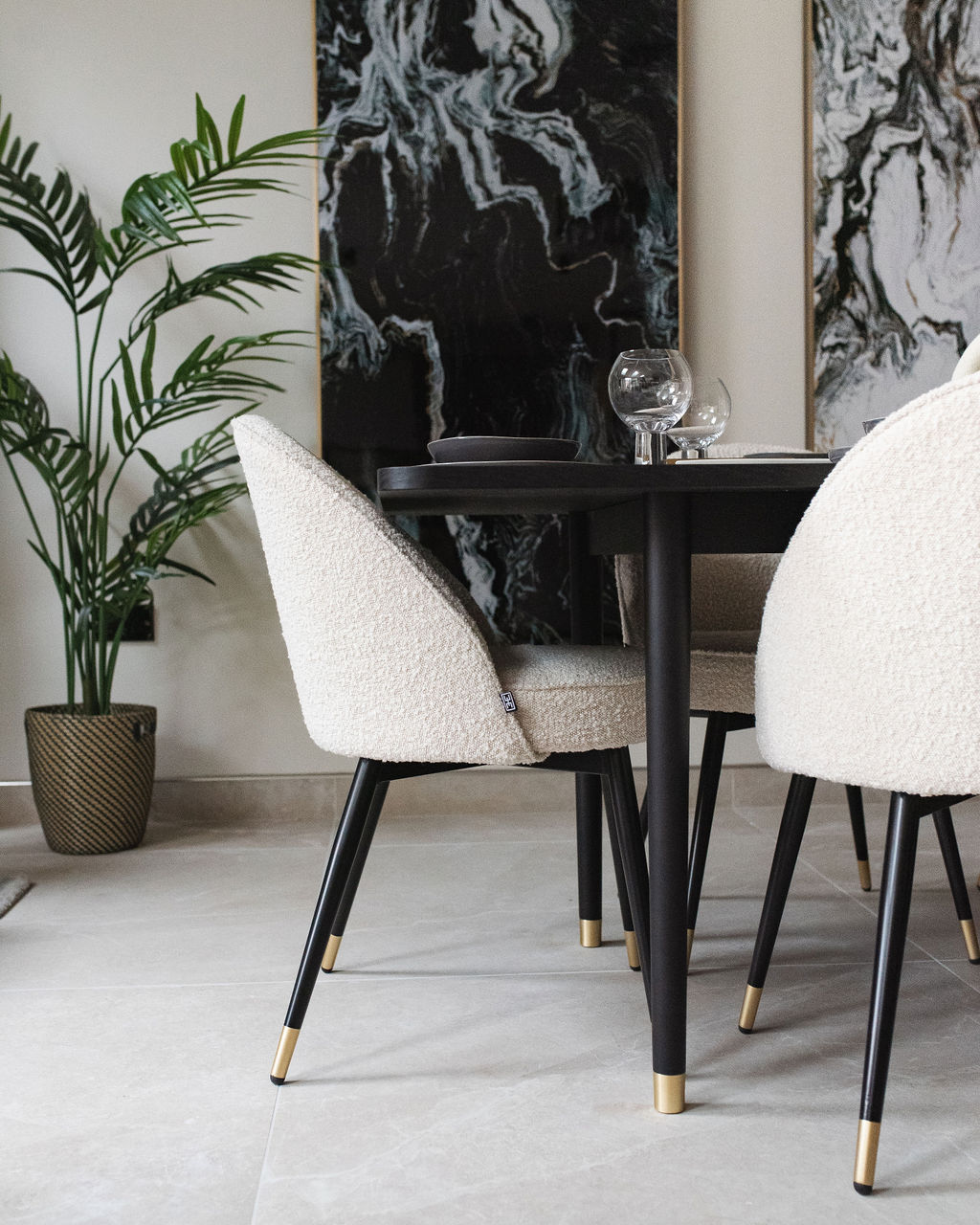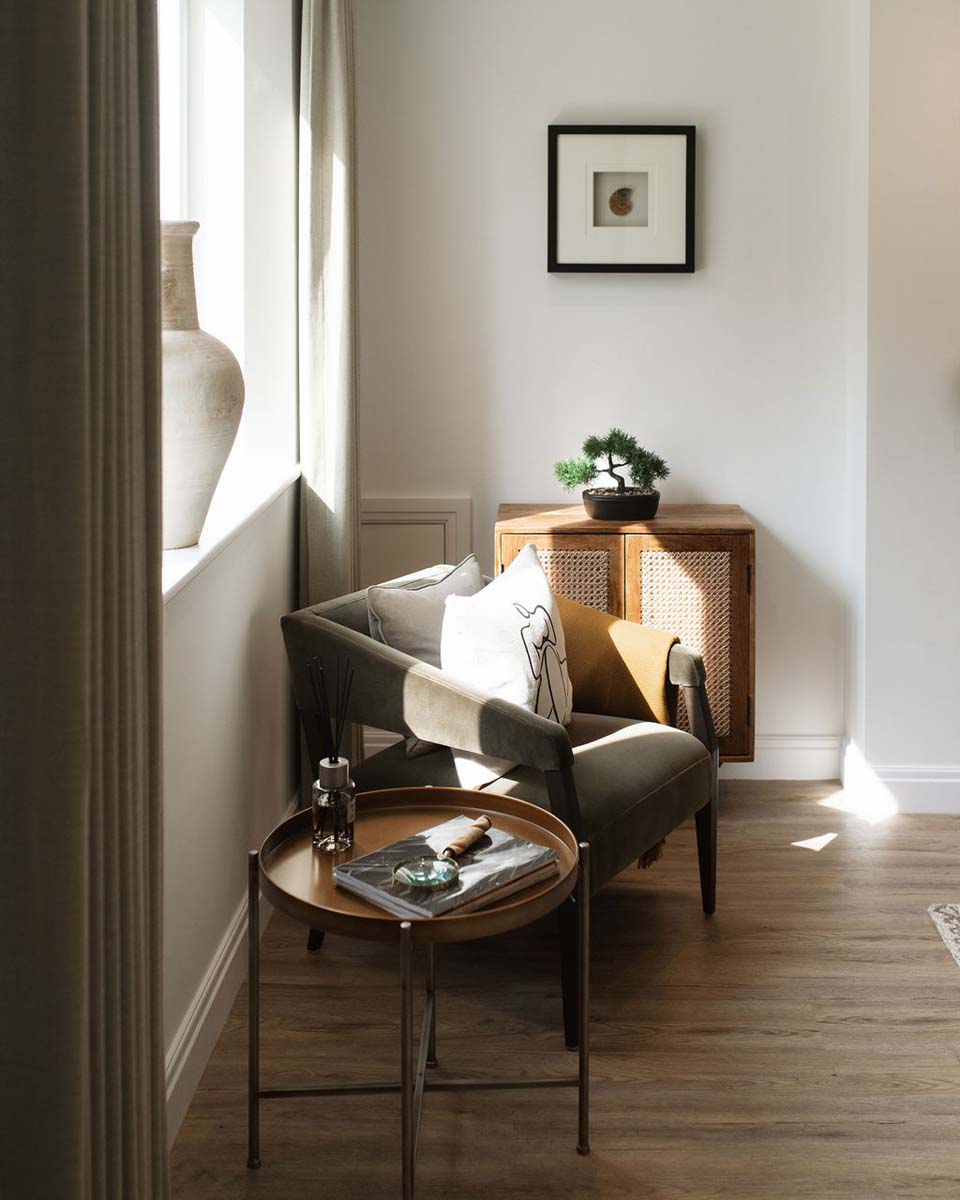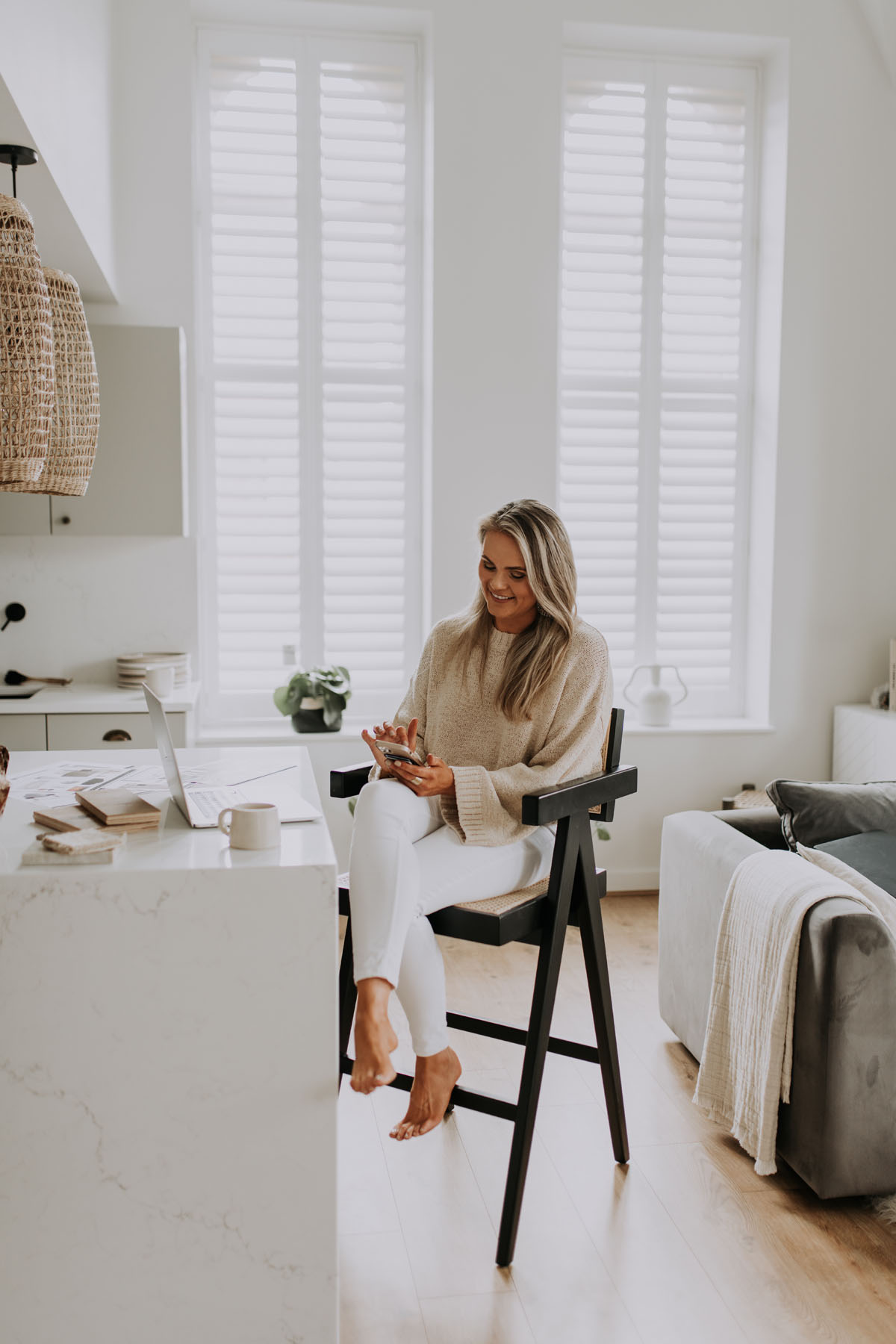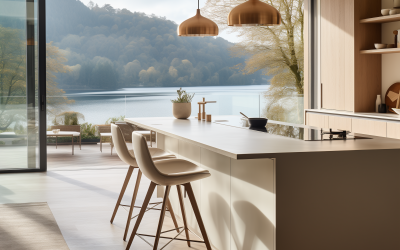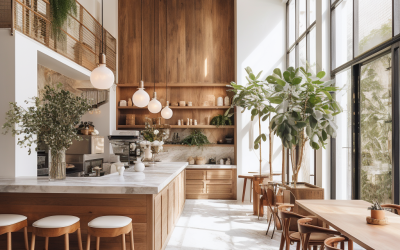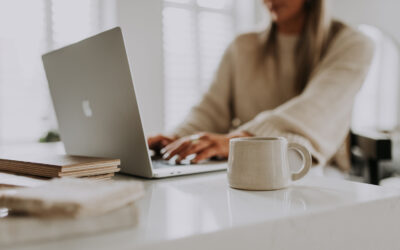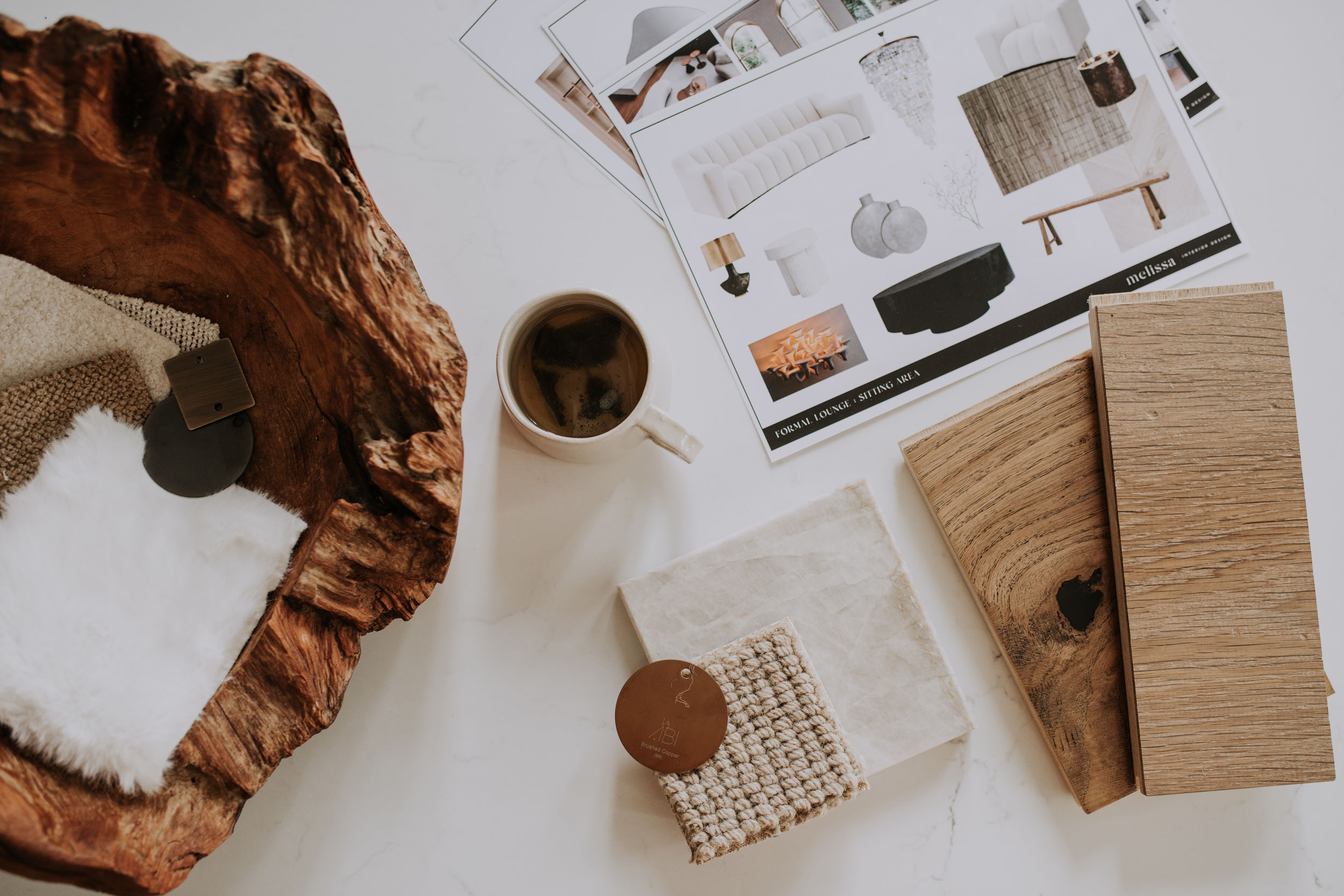

One in seven working adults in the UK has continued to work from home after the Coronavirus pandemic. As a result, more and more people are transforming their homes into a place where they can juggle both home life and work life.
Whether work happens at home or in the office, it’s important that the dedicated space boosts productivity. This blog aims to offer 5 interior design tips to boost productivity, whether it be in the home office or at work.
tips to boost productivity with interior design
1. lighting
And if possible… natural lighting. Choosing an office space or spot in your house that has lots of access to natural light works wonders for your concentration and productivity.
Staring at a computer screen, or pieces of paper, or whatever it is you spend your time looking at between the hours of 9 to 5 is draining enough, let alone with the added complications of eye strain.
It is no secret that SAD is a genuine disorder, and no, I don’t mean the emotion of sadness. I am referring to Seasonal Affective Disorder, otherwise known as ‘winter depression’. A lack of light can have a real detrimental effect on one’s mental health and in turn, productivity.
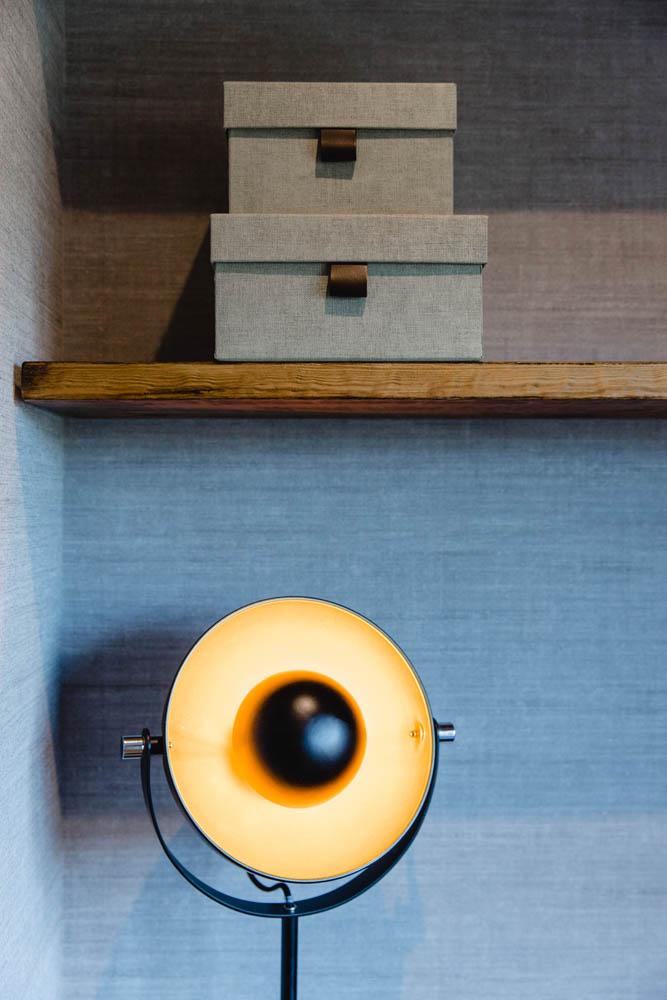

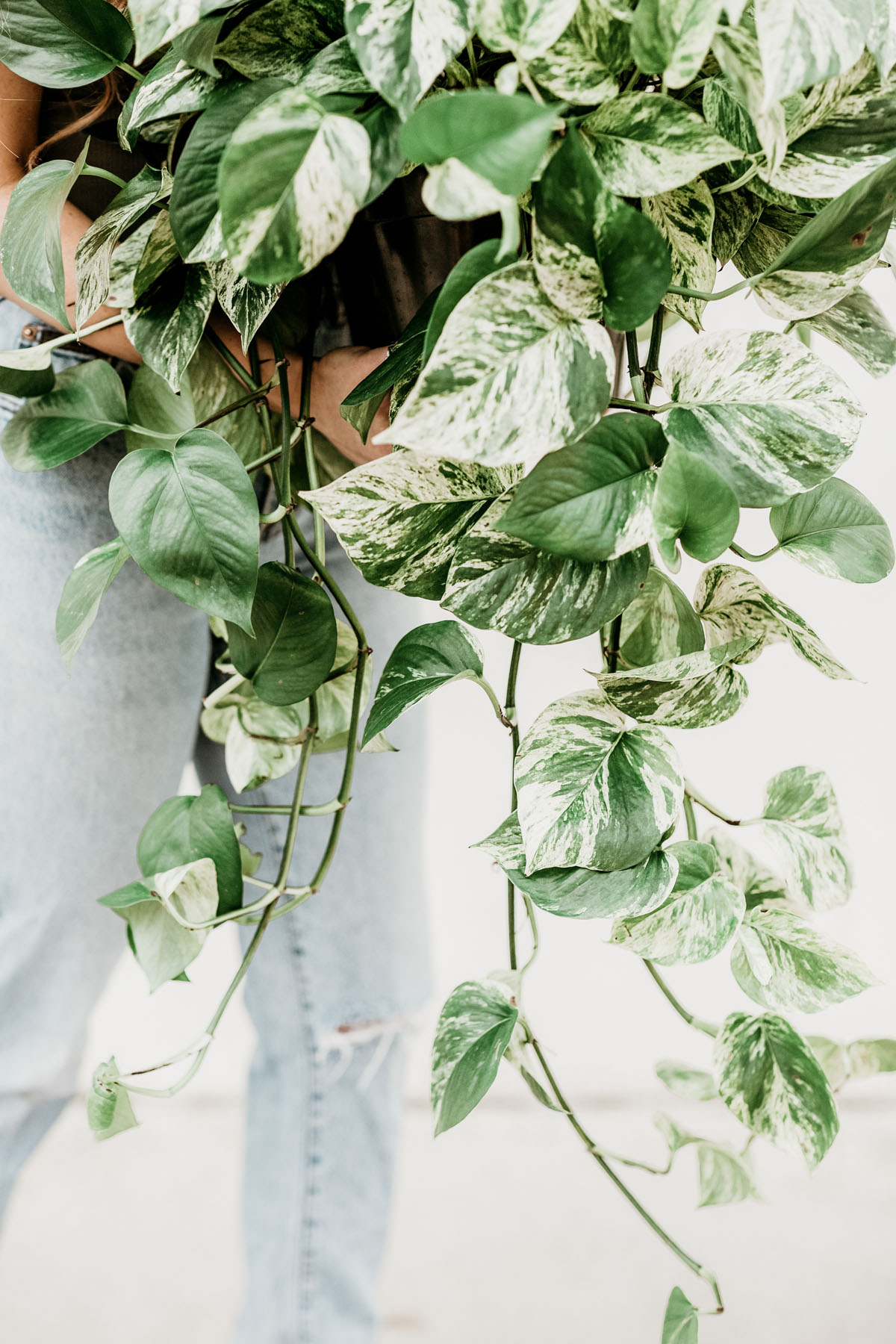

2. plants
Whether they be real or fake, creating an attachment between your workspace and nature can be a real game changer when it comes to your productivity. For a similar reason to light!
Being connected to nature can improve both your physical and mental wellbeing. Improving your mood and helping you to become more active, in doing so boosts your productivity!
Real plants have the added benefit of offering a generous amount of oxygen to your office too!
3. desks
Of course, my tip isn’t to have a desk, it’s instead about the organisation of the desk! Minimalistic, simple interior design in a working environment, not only gives a luxury and sophisticated feel to the space but also presents itself in your mind too.
A clear space = a clear mind.
Your mum telling you that you won’t sleep well in a messy room isn’t just a myth! The human brain struggles to focus when it is surrounded by clutter. Keeping things tidy and organised in your workspace will allow you to be productive and improve concentration.
Keeping your space simplistic in its design by making choices such as little accessories on the desk, simple seating and light colours will improve productivity on tasks as opposed to maintaining focus on things surrounding you.
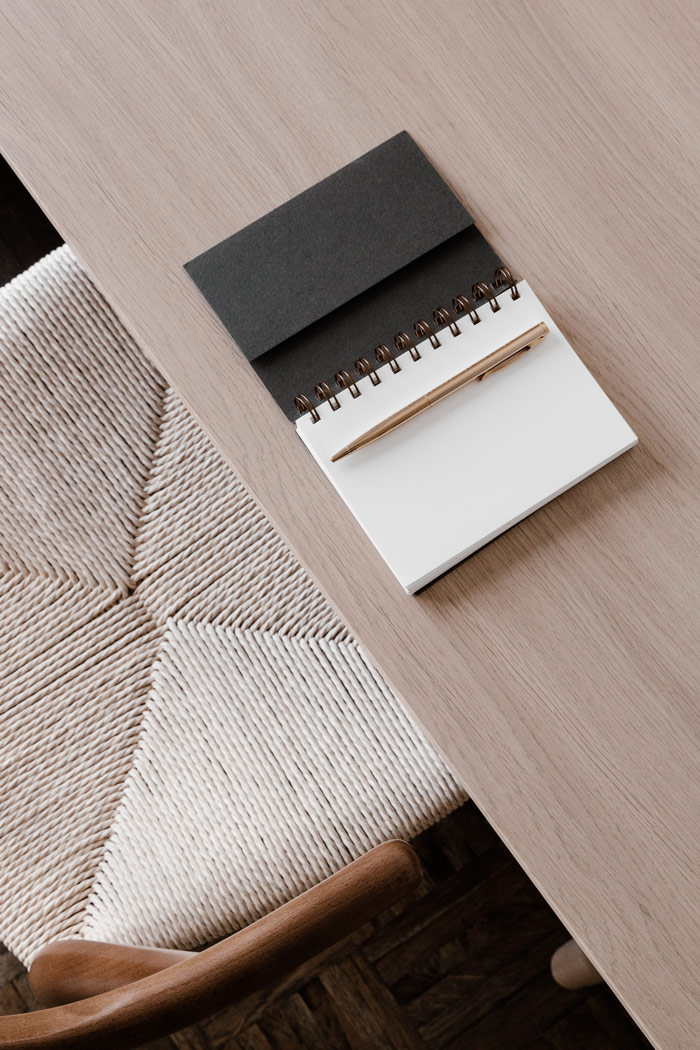

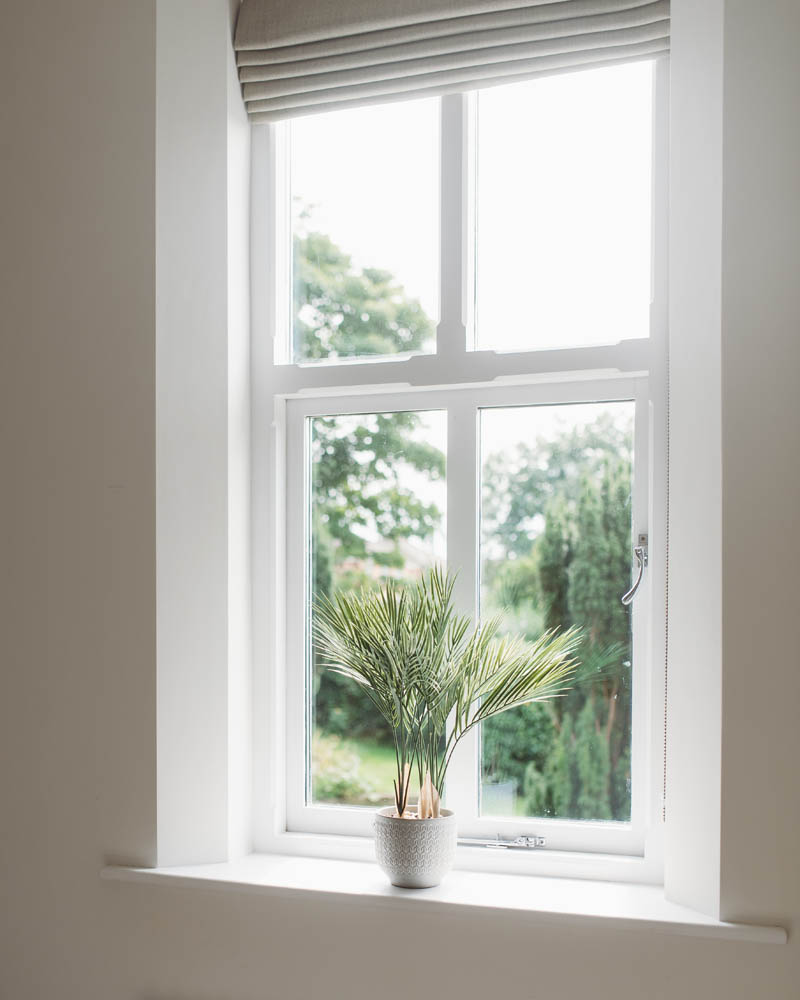

4. space
This leads us nicely to our next tip, surrounding space. In order to avoid clutter, we need space to put things. Of course, not everybody has a whole room to dedicate to a home office, or some are limited to a specific space in an office block, however, there are several ways in which we can create space.
Investing in storage to organise supplies and stationery is a great way of making extra space in our offices. An airy, well-organised, spacious work environment will boost productivity and work efficiency.
Another way of using our ‘space’ to boost productivity is to differentiate between what is ‘workspace’ and what is ‘relaxation’ space. This can be more difficult to achieve in a WFH environment, however, differing styles within these separate spaces will help boost productivity and switch us into ‘work mode’.
5. colours
Interior design and psychology go hand in hand, a lot more than people may originally assume.
The psychology of colour in interior design is an important phenomenon to delve into when we talk about one’s productivity. The notion of colours creating different moods and atmospheres is interesting for us to note when choosing the interior design of our workplace.
Evoking a sense of calm and soothing your nervous system is at the heart of my work in interior design and colour is one of the key ways to achieve this. Choosing a colour that ignites your productivity and creativity is essential when it comes to designing your working environment.


summary
There are several, simple changes that we can make to our office spaces, whether it be in our homes or not, in order to boost productivity.
It’s important to note the effects that interior design can have on our wellbeing and that by making changes to the design of the space surrounding us, we can make positive changes to our mental state and improve productivity.
how can i help?
If you are interested in creating a space that will boost your productivity and improve your mental and physical wellbeing, let me know!
My experience in combining psychology with creativity will lend itself to future products with productivity at the forefront of decision-making.


